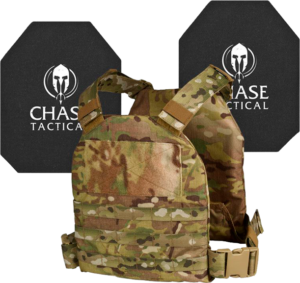How Police Shields Enhance Safety In High-Risk Situations

Police officers are frequently confronted with dangerous situations in which their lives are jeopardized. These may include protests and riots or violent encounters with armed men. Under these circumstances, the officers’ gear becomes a determining factor in maintaining their and other people’s safety. Among the many pieces of equipment at their disposal, one of the most important and useful tools in the arsenal of law enforcement officers is the police shield. Meant to defend officers against projectiles, blunt trauma, and even certain types of weapons, police shields are a key component of contemporary law enforcement tactics.
This blog entry will discuss how police shields increase safety in dangerous situations and why they are a mainstay of law enforcement gear.
Significance Of Police Shields in Policing
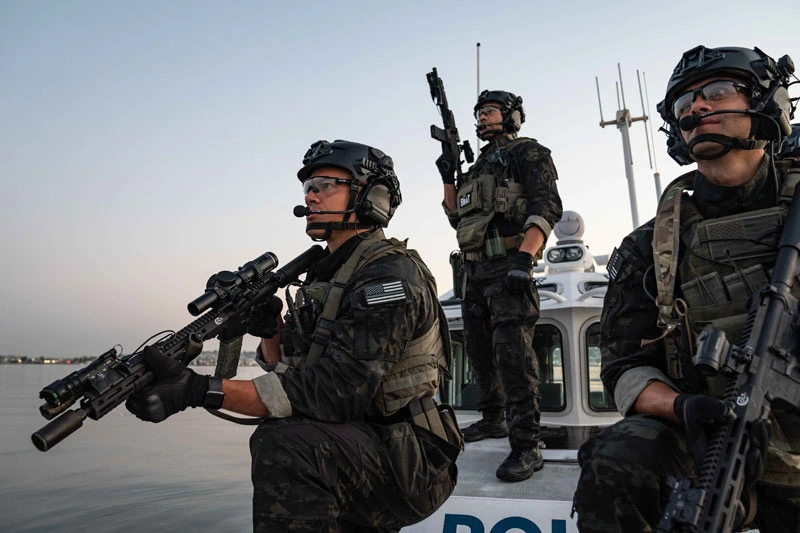
Police shields are frequently the first items officers grab during life-threatening encounters. Whether utilized in crowd management or defense in a shootout, shields provide an unyielding wall of protection between officers and danger. They have become increasingly advanced, specialized, and multifaceted tools for repelling attacks. Police shields play a crucial role as they safeguard officers from direct assaults and enable them to retain command of the situation.
Types Of Police Shields And Their Purposes
Police shields are not one-size-fits-all. Law enforcement organizations use different shields for different threats depending on the circumstances. Some shields are intended to withstand blunt force and projectiles, while others are designed to offer ballistic protection. Knowing these types enables one to understand better the important role shields play in officer safety.
Riot Shields
Used to control crowds, riot shields are designed from transparent and hard materials such as polycarbonate or acrylic. They are lightweight but strong enough to buffer against objects thrown at them. Handgrips can be added to riot shields to make moving around in tense situations easier.
Ballistic Shields
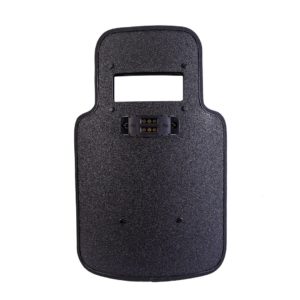
Ballistic shields are manufactured to counter bullets. Constructed using Kevlar, composite metal, and high-tech polymers, these shields provide far greater protection than standard riot shields. Police officers can count on these ballistic shields to defend them against direct weapons fire so they can apprehend suspects or seek cover while being in harm’s way.
Tactical Shields
Usually employed by elite units such as SWAT teams, tactical shields integrate aspects of riot and ballistic shields. They are more versatile and typically feature cutouts for shooting or viewing while keeping officers safe from gunfire or other physical harm.
How Police Shields Protect Officers In High-Risk Situations
Whether during a protest, a high-risk criminal chase, or an active shooter situation, police officers are exposed to risks that can threaten their lives. Shields are vital in these situations, providing a defensive shield between officers and harm.
In the following sections, we will discuss how police shields ensure officer safety by shielding against different threats.
Protection from Blunt Force Trauma
One of the key roles of a police shield is to defend officers against blunt force trauma. It may be anything from tossed objects amid a riot to hand-to-hand combat with suspects to impacts from homemade weapons. Because of their durability and size, Riot shields work well in such situations.
For example, during protests or riots, crowds may hurl rocks, bottles, or other objects at police officers. A shield absorbs the force of these projectiles, preventing officers from sustaining injuries. The large surface area of a shield allows officers to block multiple threats simultaneously, giving them time to react or retreat to a safer position.
The ability to deflect blunt-force objects also ensures that officers remain in a state of readiness, allowing them to focus on handling the situation rather than worrying about immediate injury.
Defense Against Firearms and Gunfire
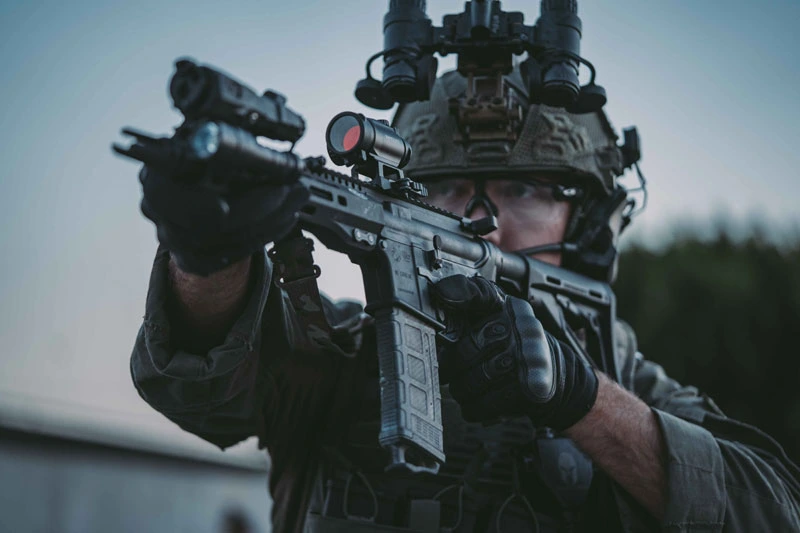
In active shooter situations or armed confrontations, firearms present a significant danger to law enforcement officers. Ballistic shields, designed specifically to withstand gunfire, are an essential piece of equipment for officers responding to these high-risk events.
Made from advanced materials like Kevlar, carbon fiber, and other reinforced composites, ballistic shields offer protection from handgun rounds and, in some cases, even rifle fire.
In tactical operations, like SWAT operations or hostage rescues, these shields play a key role in offering a protected route towards suspects or going inside a building where there is a possibility of a shootout.
Increasing Mobility and Visibility
Although police shields are designed for protection, they also accommodate some mobility and visibility. Riot shields, for instance, tend to be transparent so officers can view what is on the other side. This is particularly crucial during crowd control, where situational awareness is necessary to maintain the safety of both civilians and officers.
In addition, shields are light and portable, enabling officers to travel fast while protected. This combination of agility and protection is essential in dangerous situations where an officer’s speed can decide.
A good shield assures officer mobility so officers can move around crowds, get close to suspects, or withdraw safely without sacrificing their defensive capability.
Shielding from Chemical and Biological Threats
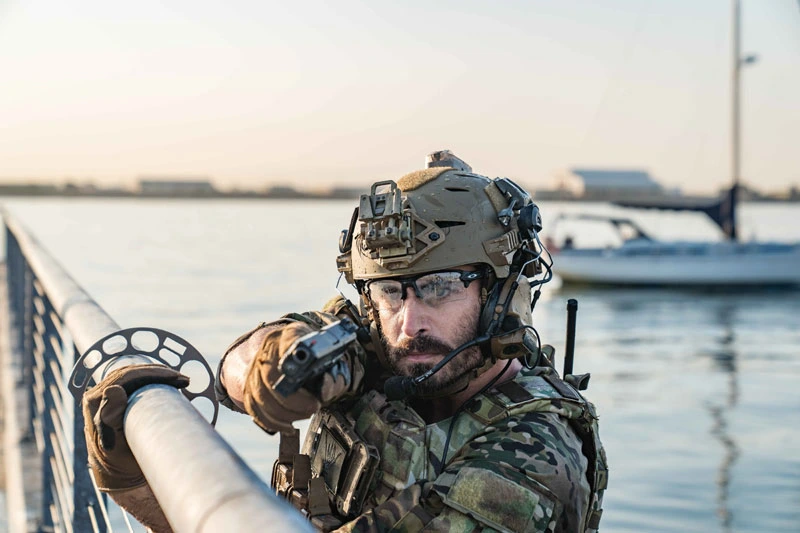
In some high-risk environments, police officers are exposed to threats other than physical assault, including chemical or biological agents. Protesting or rioting crowds might release smoke bombs, tear gas, or other chemicals that can incapacitate police officers. Police shields with resistant materials can protect against harmful substances in such situations.
Some shields have protective coatings resistant to chemicals, minimizing the chance of exposure. This extra protection is particularly valuable for riot police, who will likely be exposed to numerous irritants while conducting crowd control operations.
The Psychological Impact of Police Shields
While the physical protection that police shields provide is obvious, it’s also important to recognize their psychological impact. Knowing they have a reliable tool to shield themselves from danger helps officers maintain focus and control in high-stress situations.
Having a shield in one’s hand can offer security, enabling officers to carry out their duties proficiently, even during intense pressure. This psychological edge cannot be overlooked, as it allows for officers to act firmly when needed and keep their cool in the face of threatened violence.
Conclusion
In extreme-risk scenarios, police shields are not merely a physical barrier but are vital to law enforcement tactics. From defending officers against blunt trauma to protecting them from bullets, shields add safety that other gear cannot. Their versatility in offering protection against multiple threats while permitting mobility and visibility means they are irreplaceable in most law enforcement situations.
FAQs about Police Shields
What are police shields made of?
Police shields are normally constructed with protective materials like polycarbonate, acrylic, Kevlar, and composite polymers. These materials are selected based on the shield type for their high impact resistance, blunt force, and the possibility of withstanding gunfire.
How do ballistic shields shield against gunshots?
Ballistic shields are made with reinforced materials such as Kevlar or composite metals, which absorb and dissipate the energy of gunshots. The shields can deflect handgun rounds and, in certain instances, rifle fire, giving officers valuable protection in high-risk situations.
Are police shields applicable in crowd control scenarios?
Yes, police shields are commonly utilized for crowd management, particularly for protests or riots. Riot shields, which are light and see-through, allow officers to deflect thrown objects while keeping their eyesight intact and easily navigating through the crowd.

